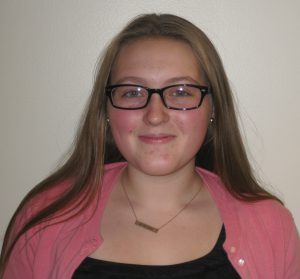
Some students at Indian Trail High School & Academy are concerned that student clubs do not receive proportionate funding.
“It’s hard for smaller clubs to gain footing when the funding is monopolized by places like band or sports,” said Kailee DeVilbiss, an Indian Trail General Studies senior. “Those with connections or those run by more powerful staff members are allotted portions of a budget that most clubs don’t even get to see.”
Some people also contend that athletic teams receive too much funding compared to academic clubs.
“I wish we could focus more on academic clubs and less on sports or art. While I think sports and art are extremely important to high school culture, academics is what school is for, and I think we should put it over all else,” said Mac Maedke, a Medical Sciences Academy senior.
However, within the Kenosha Unified School District, there is a system for deciding what clubs receive school funding and which ones do not, and it all comes down to classification. While certain types of clubs can receive funds, a majority of clubs cannot receive funding because they are classified as student activity funds.
“Student activity funds are not supported by taxpayer dollars or grant funding or state aid from the State of Wisconsin,” said Lisa Salo, Kenosha Unified School District’s accounting manager.
KUSD school administrators are given a 29-page handbook on how to determine who receives funding and how to handle club funds. Within this handbook, there is a flowchart designed to help classify clubs.
When some clubs at Indian Trail do qualify for funding, they do not always immediately receive that funding.
“When I founded the Science Olympiad, we were a smaller club. We did not get proper funding from the school, and for this reason, our projects did not amount to some of the advisory projects,” said Maedke, president of the school’s Science Olympiad team. “But as the year went on, our club grew and we were recognized as a large club this year and received our funding. With this money, we were able to get the materials we need for our events and put forth our best work.”
Some students do have ideas on how to improve the system.
“I believe the best way to distribute funds is by population of the club,” said Maedke. “If that club needs more money but they don’t have the population for more funds, they can get help forming fundraisers recommended by the school.”
The idea of distributing funds by size has its supporters.
“There needs to be clear appointments at the beginning of the year where clubs can sit down with the principal or whoever does the budget and campaign for why they deserve some of the school budget for clubs,” said DeVilbiss. “It can be at her discretion and be based on the size of the club, but there needs to be more options than ‘we’re giving school spirit club a t-shirt cannon and a spotlight, but you’re on your own.’ ”

